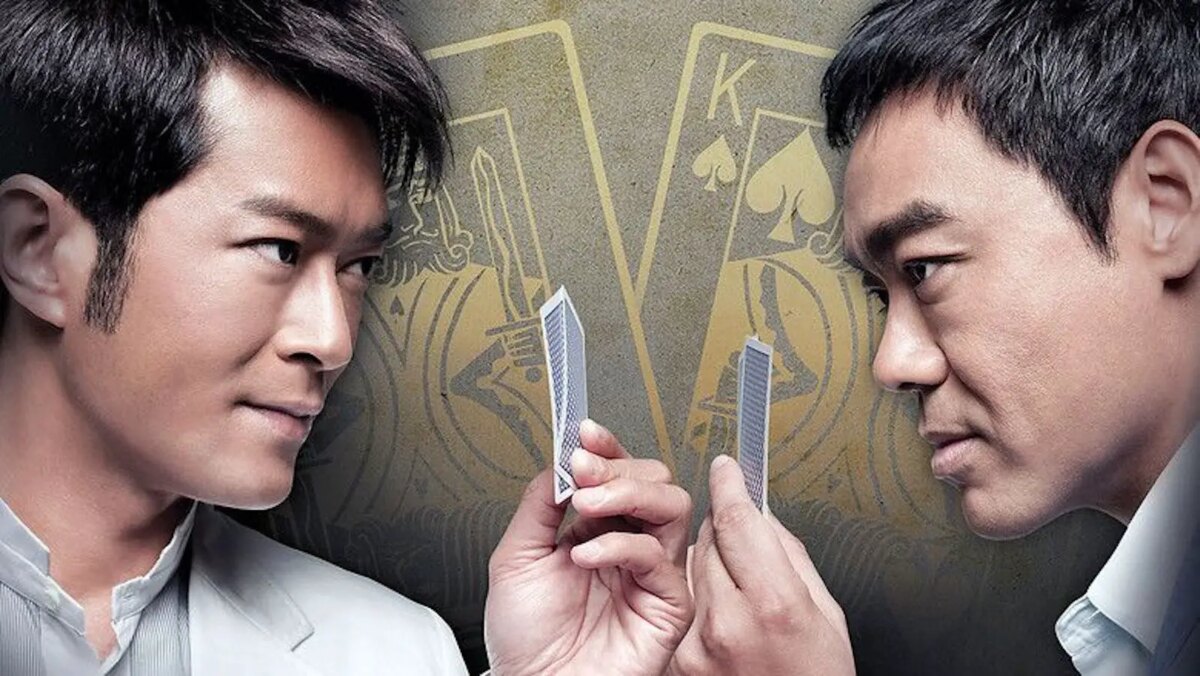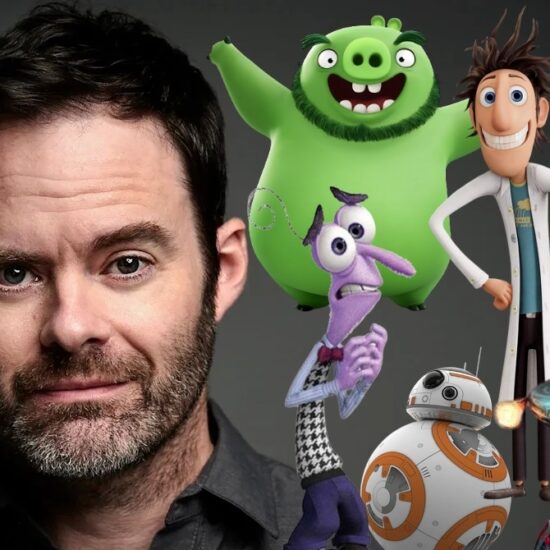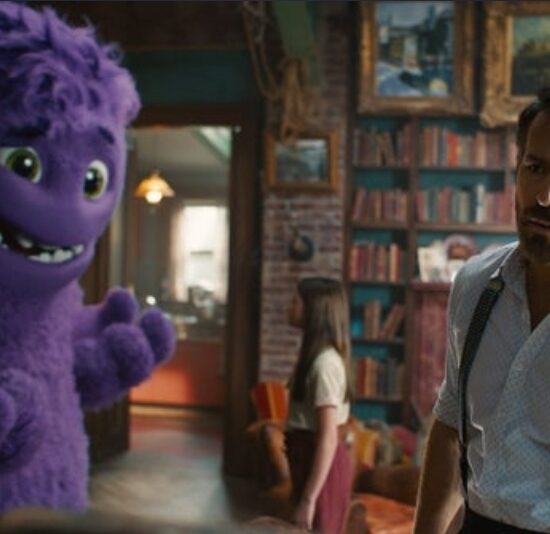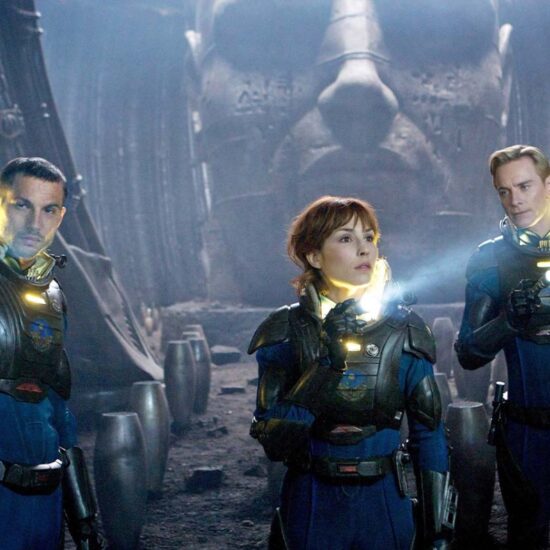
In movies, the characters’ status plays an essential role in defining their personality, behavior, and overall character arc. The portrayal of status in movies is a visual language that is used by filmmakers to convey the social hierarchy, wealth, power, and influence of the characters without explicitly stating it through dialogue. This technique is commonly used in cinema because it is an effective way to communicate information about the characters without being too explicit or on-the-nose.
Moreover, the status of a character in a movie can also serve as a way for the audience to relate to them. We often perceive people based on their status in society, and movies tend to reflect this reality by portraying characters with different social status. For instance, a character from a wealthy background might be portrayed differently from a character who comes from a less privileged background, and these differences can serve as a way for the audience to connect with the characters.
Therefore, understanding how movies portray status in their characters without saying a word can be beneficial for filmmakers, movie enthusiasts, and the general audience. By analyzing the visual cues and subtle hints in movies, one can gain a deeper insight into the characters’ personality and motivations, as well as the overall themes and messages of the film.
Visual cues
Clothing and accessories are one of the most noticeable visual cues used to depict a character’s status in movies. The type of clothing and accessories a character wears can convey their wealth, occupation, and social status. For instance, a character wearing expensive designer clothes, watches, and jewelry is usually portrayed as being wealthy and prestigious, while a character wearing more casual or modest clothing might be depicted as more down-to-earth or relatable.
The location and setting of a scene can also provide visual cues that convey a character’s status. For example, a character in a luxurious penthouse apartment or a mansion with sweeping views might be portrayed as being wealthy and powerful, while a character living in a modest apartment or a rundown neighborhood might be portrayed as less privileged or struggling financially.
Body language and posture can also provide subtle visual cues that convey a character’s status in movies. Characters who are confident and assertive tend to stand upright, while characters who are shy or submissive tend to slouch or have closed-off body language. Additionally, the way a character interacts with others, such as shaking hands or giving a firm hug, can also convey their social status and confidence level.
Personal grooming and hygiene can also provide visual cues that convey a character’s status in movies. Characters who are wealthy and high-status are often depicted as being well-groomed, with manicured nails, styled hair, and clean, pressed clothing. On the other hand, characters who are struggling or lower-status might be portrayed with unkempt hair, unshaven faces, and wrinkled or stained clothing.
Gambling and status

Gambling is a common theme in movies, often used to depict characters with a high social status. Gambling scenes in movies can be used to create tension and suspense, and can also serve as a way to reveal a character’s motivations and personality traits. From the glamorous casino sites to the gritty underground poker dens, gambling is often portrayed as a way for characters to demonstrate their wealth, power, and influence.
In movies, gambling can be used as a visual cue to convey a character’s status. For example, a character playing in a high-stakes poker game at a casino site can be seen as wealthy, powerful, and confident. On the other hand, a character playing in a seedy, underground gambling den might be seen as less privileged or lower-status. Additionally, the way a character plays the game can also provide visual cues about their personality and motivations. A character who plays recklessly and without concern for the money they are risking might be seen as impulsive or thrill-seeking, while a character who plays carefully and methodically might be seen as calculating or strategic.
Several popular films use gambling as a way to depict status and power dynamics between characters. In the movie “Casino Royale,” the character James Bond plays in a high-stakes poker game at a VIP casino site, which serves as a way to demonstrate his skill, intelligence, and confidence. Similarly, in “The Great Gatsby,” the character Jay Gatsby hosts extravagant parties with gambling tables as a way to display his wealth and social status. The movie “Rounders” portrays the underground world of high-stakes poker as a way for characters to earn respect and status within their community.
Overall, gambling is a powerful visual cue that can be used to convey a character’s status and personality traits in movies. While the depiction of gambling in movies is often exaggerated or glamorized, it remains a popular theme that can add depth and complexity to a character’s portrayal.
Social status

In movies, characters who associate with high-status individuals are often depicted as having a higher social status themselves. For example, a character who is seen socializing with politicians, business leaders, or celebrities is often portrayed as having influence and power within their community.
Inclusion in exclusive clubs and organizations is another way that characters can demonstrate their social status in movies. For example, a character who is a member of a private country club or a prestigious social club is often depicted as having wealth and social connections. In some cases, the club or organization itself might be seen as a status symbol, with characters vying for membership as a way to enhance their own social standing.
Public recognition and awards are another way that characters can demonstrate their social status in movies. For example, a character who wins a prestigious award, such as an Oscar or a Nobel Prize, is often portrayed as having achieved the highest level of success in their field. In some cases, characters might also be shown receiving public recognition for their charitable work or philanthropic contributions, which can further enhance their social status and reputation.
Overall
In conclusion, movies are a powerful medium for conveying social status without ever having to say a word. Through a variety of visual cues, including clothing, location and setting, body language, and personal grooming, characters can be portrayed as having a high or low social status, conveying important information about their personality and motivations to the audience.
Furthermore, the depiction of gambling in movies is another powerful tool for conveying social status, with characters often using high-stakes gambling as a way to demonstrate their wealth, power, and influence. From the glamorous casino sites to the gritty underground poker dens, gambling scenes in movies can create tension and suspense, while also revealing important information about a character’s personality and motivations.














